No products in the cart.
From Dome to Modular: Your Guide to Fiber Splice Enclosure Types
Home From Dome to Modular: Your Guide to Fiber Splice Enclosure Types
- Home
- Resource Hub
- Millennium Blog
- From Dome to Modular: Your Guide to Fiber Splice Enclosure Types
From Dome to Modular: Your Guide to Fiber Splice Enclosure Types
Choosing the right fiber splice enclosure means better network reliability and efficiency. Fiber enclosures protect and manage the critical connection points within fiber optic networks, safeguarding them against environmental and mechanical stresses. Here’s an in-depth look at the various fiber enclosures available for both inside and outside plant fiber construction.
1. Dome Fiber Optic Enclosures

Dome-type closures (a.k.a. vertical enclosures) are known for their durability and resilience. Dome Enclosures are designed to withstand harsh outdoor environments and protect against extreme weather conditions. They tend to be more popular than inline closures because they are easier to handle during splicing, and it’s often safer to store slack with the cables entering from only one direction.
Ideal for: Aerial and underground fiber deployments
Key benefits include:
- Durable and resilient: Designed for harsh environments
- Robust protection: Guards against extreme weather conditions
- Unique clamshell design: Ensures a tight seal, keeping out moisture and debris
- Ample space: Facilitates organizing and splicing fibers, simplifying installation and maintenance
Popular vendors for dome fiber enclosures include:


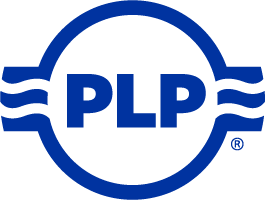
2. Inline Fiber Optic Enclosures
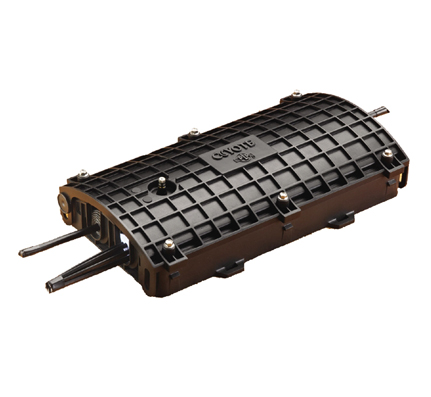
Inline enclosures (a.k.a horizontal enclosures) are versatile and can be used in aerial and underground fiber deployments. Their design allows easy access and maintenance and typically includes one or more fiber splicing trays. However, fiber management can be trickier with inline enclosures than dome-type enclosures, as cables can be inserted from multiple directions with inline options.
Ideal for: Aerial or underground
Key benefits include:
- Versatile use: Suitable for aerial and underground applications
- Excellent protection: Guards against environmental hazards
- Easy access: Simplifies maintenance and repairs
- High-density fiber management: Supports a range of configurations,
adaptable to different network architectures
Popular vendors for dome fiber enclosures include:


3. Modular Fiber Optic Enclosures
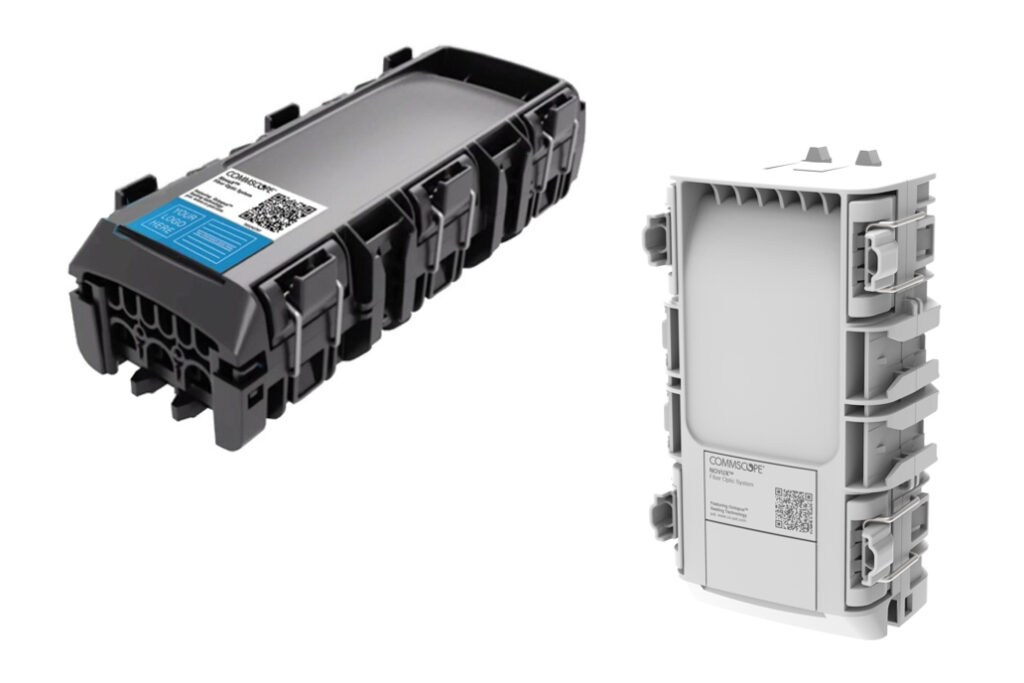
Modular enclosure options provide unparalleled flexibility for customizing mounting based on specific network requirements. Installers can choose from a pole, universal cable bracket with overlength, strand, pedestal, or flat surface mount. This flexibility facilitates rapid deployment and future-proofing as modularity allows networks to adapt to evolving technological demands more easily.
Ideal for: Underground and aerial (dependent on type)
Key benefits include:
- Rapid deployment: Facilitates quick setup and scalability
- Unparalleled flexibility: Customizable based on specific network requirements
- User-friendly design: Simplifies installation and maintenance
- Future-proof solution: Adapts to evolving technological demands but maintains backward compatibility for easy adoption
Popular vendors for dome fiber enclosures include:

The first modular FTTH ecosystem of closures and terminals built to speed and streamline fiber deployment.
- Options include dome closures for the trunk
- Inline and compact closures for feeder and distribution
- Hardened and non-hardened terminals for the drop portion
Watch the video to learn about NOVUX™ enclosures
4. Plug & Play Fiber Enclosures
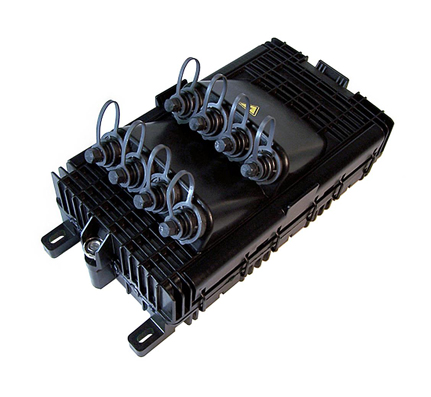
Fiber optics plug-and-play enclosure systems simplify fiber cable installation by eliminating field splicing. Pre-terminated cables and distribution points are installed in the factory and quality-tested, saving time and money on fiber installations. Models exist for both inside and outside plant applications.
Ideal for: Inside or outside plant (aerial or underground deployment) based on model type.
Key benefits include:
- Simplified Installation: Faster and easier setup by eliminating field splicing,
reducing time and labor costs - Enhanced Reliability: Factory-terminated connectors ensure consistent performance and durability in harsh environments
- Ease of Maintenance: Facilitates quick troubleshooting and repairs without needing specialized tools or re-entering the enclosure
- Flexibility and Cost Efficiency: Enables rapid network upgrades and expansions, minimizing downtime and reducing overall deployment costs
5. Multiport Service Terminals (MSTs)
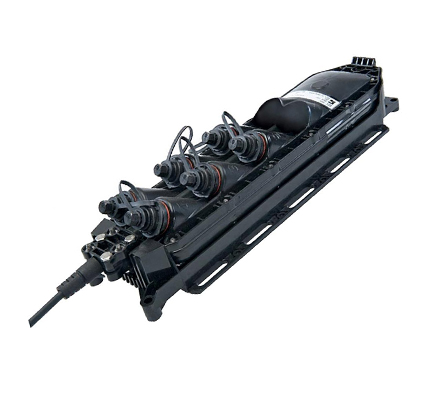
Multiport Service Terminals are primarily used in FTTH fiber networks to simplify the drop cable installation process and provide durable and reliable service connections. MSTs are a specifically designed network from the factory and provide flexible mounting options, including pole, pedestal, hand hole, or strand options, to support aerial or underground fiber deployment. MSTs require the installer to splice fiber onto the tail away from the case; however, MST-hardened connector technology reduces the cost of pulling and splicing fiber optic cables because the technician just has to clean each end of the connector faces and plug them in.
Ideal for: Aerial or underground (depending on the type of mount used)
Mounting options: pole, span, and pedestal
6. Optical Termination Enclosures (OTEs)
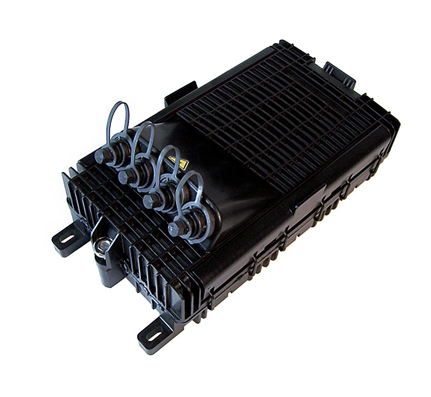
Optical Termination Enclosures, or OTEs, also simplify the customer drop installation process and protect fiber splices, connectors, and passive optical components. Styles are made for both outside plant and inside plant applications. OTEs are similar to MSTs, but with OTEs, installers splice the fiber inside the case. They are also factory-sealed but allow for additional configuration changes, as they can be opened to allow splicing and splitter placement within the OTE. For example, adding a multiport to an existing fiber route would be an application for an OTE.
Ideal for: Aerial or underground (depending on the type of mount used)
Mounting options: pole, span, and pedestal
Popular vendors for dome fiber enclosures include:

Choosing the Right Fiber Optic Enclosure
Selecting the right fiber enclosure is essential for building a reliable and efficient fiber optic network. Whether you need robust protection for aerial or underground installations or a compact solution for indoor applications, there is a fiber enclosure type to meet your specific project needs.
Contact an expert today to get your project essentials
